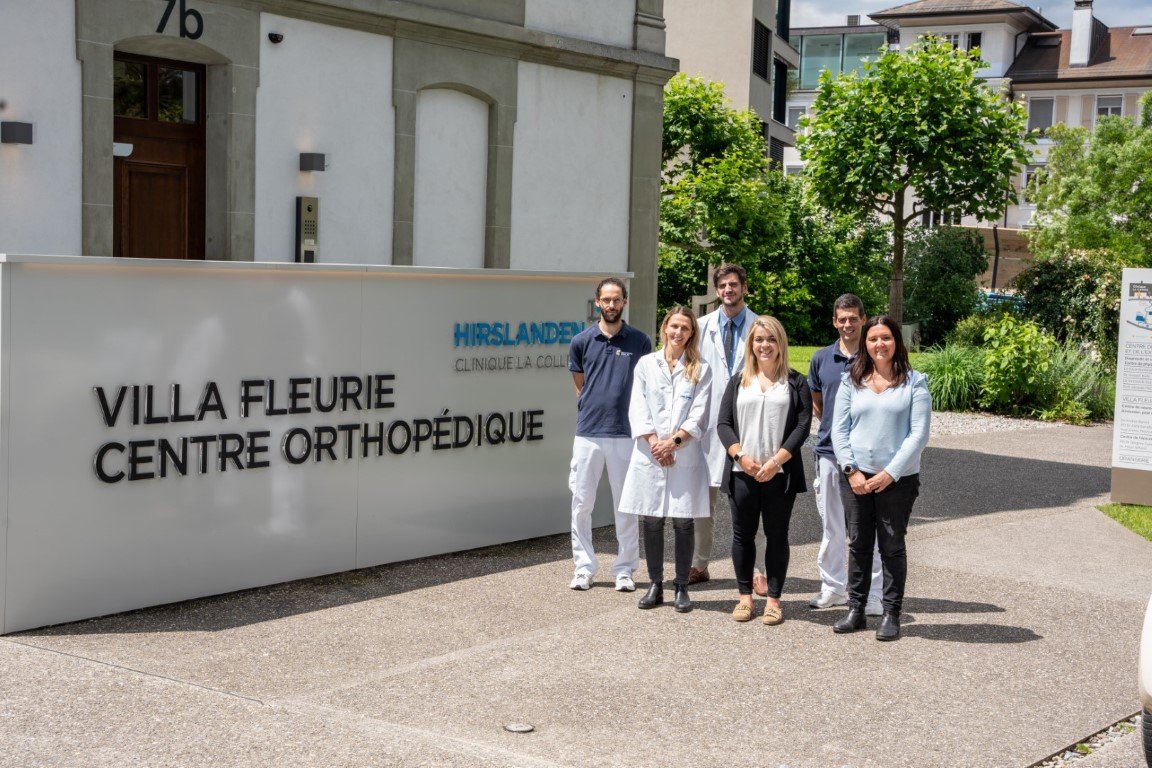Publication: BMC Musculoskelet Disord. 2017 Jul 18;18(1):307. doi: 10.1186/s12891-017-1680-4.
Co-authors: Gamulin A, Lübbeke A, Belinga P, Hoffmeyer P, Perneger T, Zingg M, Cunningham G.
Abstract:
Background: The aim of the study was to evaluate the relation between demographic, injury-related, clinical and radiological factors of patients with tibial plateau fractures and the development of acute compartment syndrome.
Methods: All consecutive adult patients with intra-articular tibial plateau fractures admitted in our urban academic medical centre between January 2005 and December 2009 were included in this retrospective cohort study. The main outcome measurement was the development of acute compartment syndrome.
Results: The charts of 265 patients (mean age 48.6 years) sustaining 269 intra-articular tibial plateau fractures were retrospectively reviewed. Acute compartment syndrome occurred in 28 fractures (10.4%). Four patients presented bilateral tibial plateau fractures; of them, 2 had unilateral, but none had bilateral acute compartment syndrome. Non-contiguous tibia fracture or knee dislocation and higher AO/OTA classification (type 41-C) were statistically significantly associated with the development of acute compartment syndrome in multivariable regression analysis, while younger age (<45 years), male sex, higher Schatzker grade (IV-V-VI), higher tibial widening ratio (≥1.05) and higher femoral displacement ratio (≥0.08) were significantly associated in the analysis adjusted for age and sex.
Conclusions: Two parameters related to the occurrence of ACS in tibial plateau fractures were highlighted in this study: the presence of a non-contiguous tibia fracture or knee dislocation, and higher AO/OTA classification. They may be especially useful when clinical findings are difficult to assess (doubtful clinical signs, obtunded, sedated or intubated patients), and should rise the suspicion level of the treating surgeon. In these cases, regular clinical examinations and/or intra-compartmental pressure measurements should be performed before and after surgery, even if acute compartment syndrome seemed unlikely during initial assessment. However, larger studies are mandatory to confirm and refine both factors in predicting the occurrence of acute compartment syndrome.




